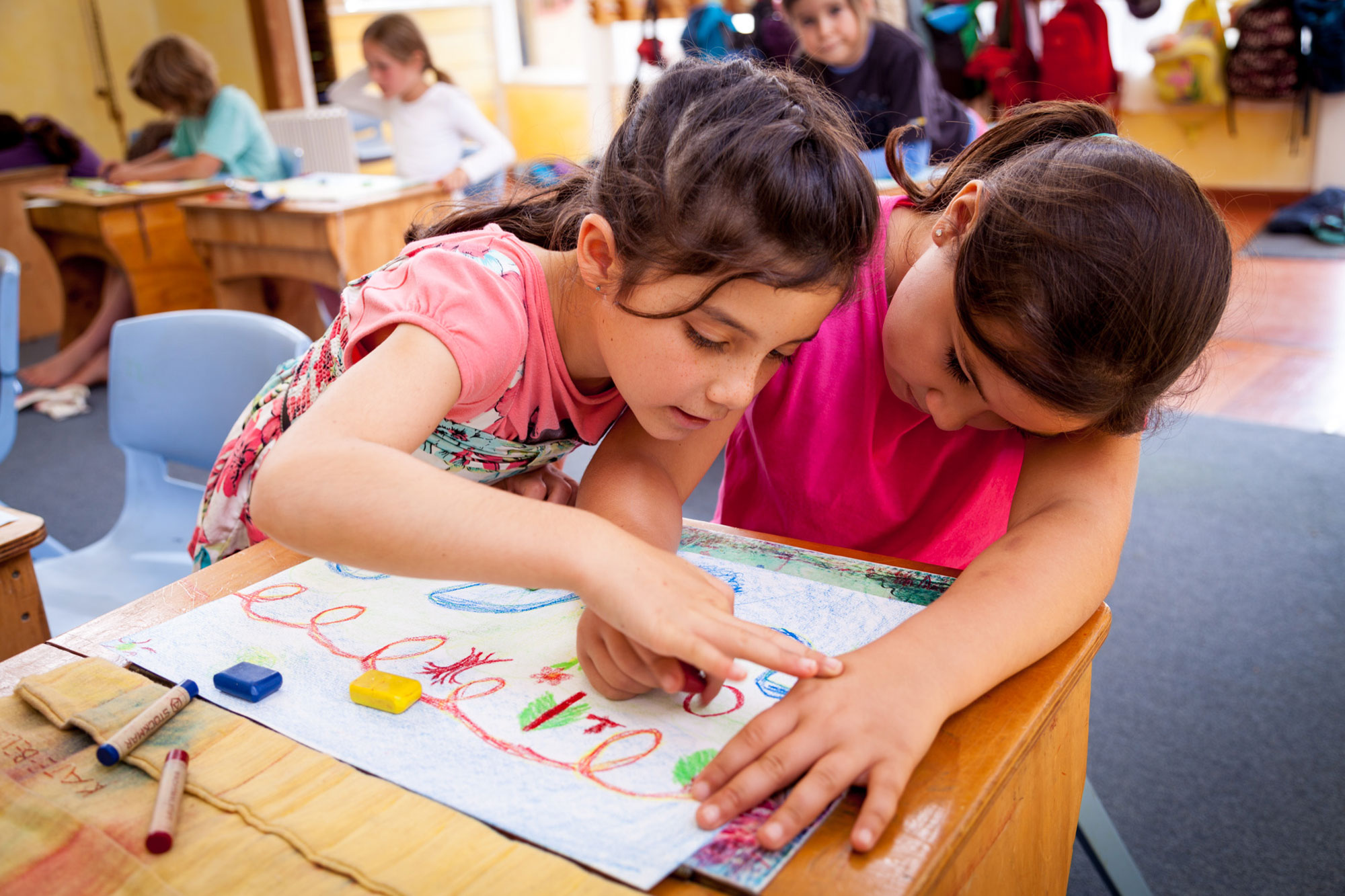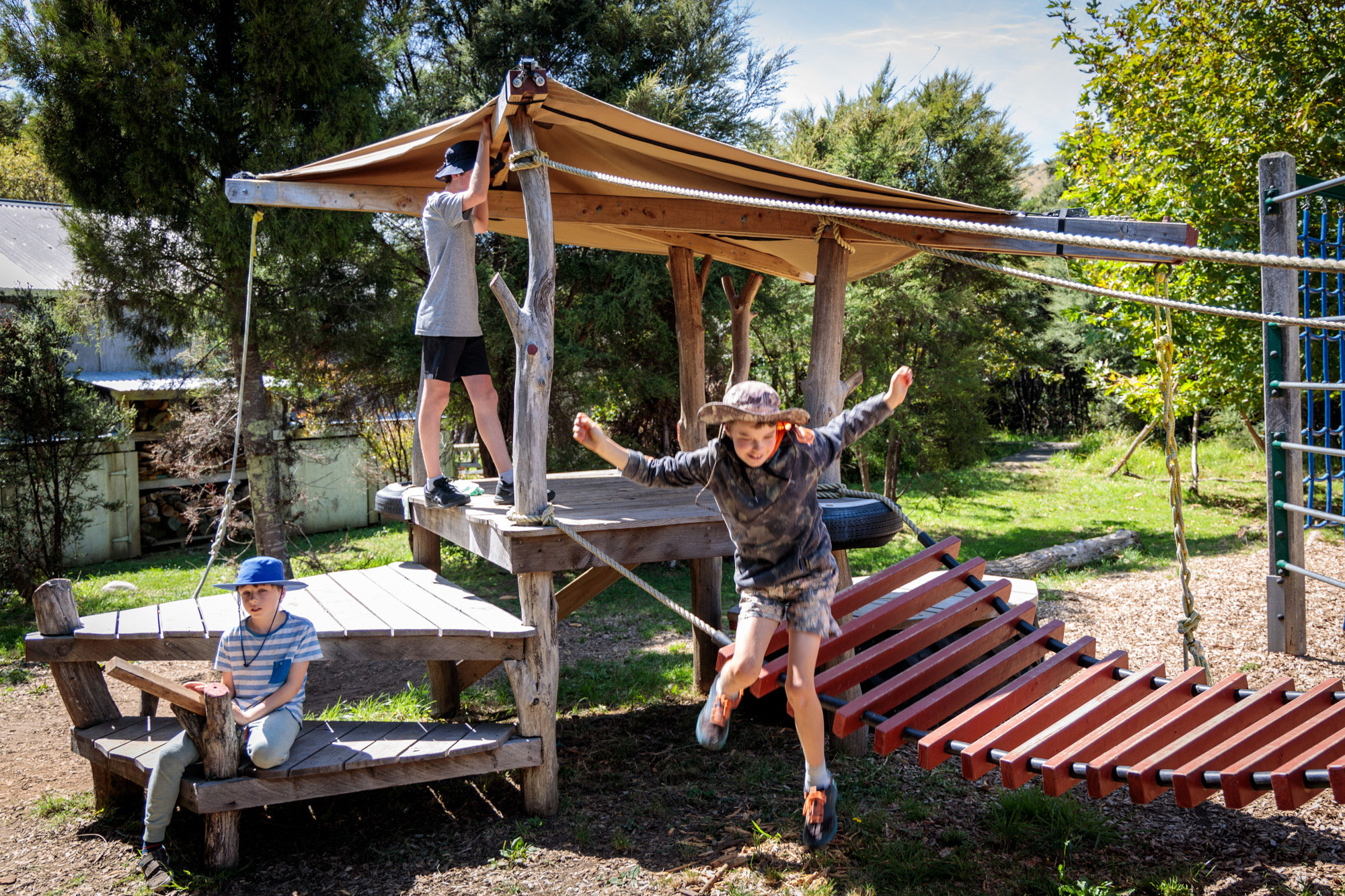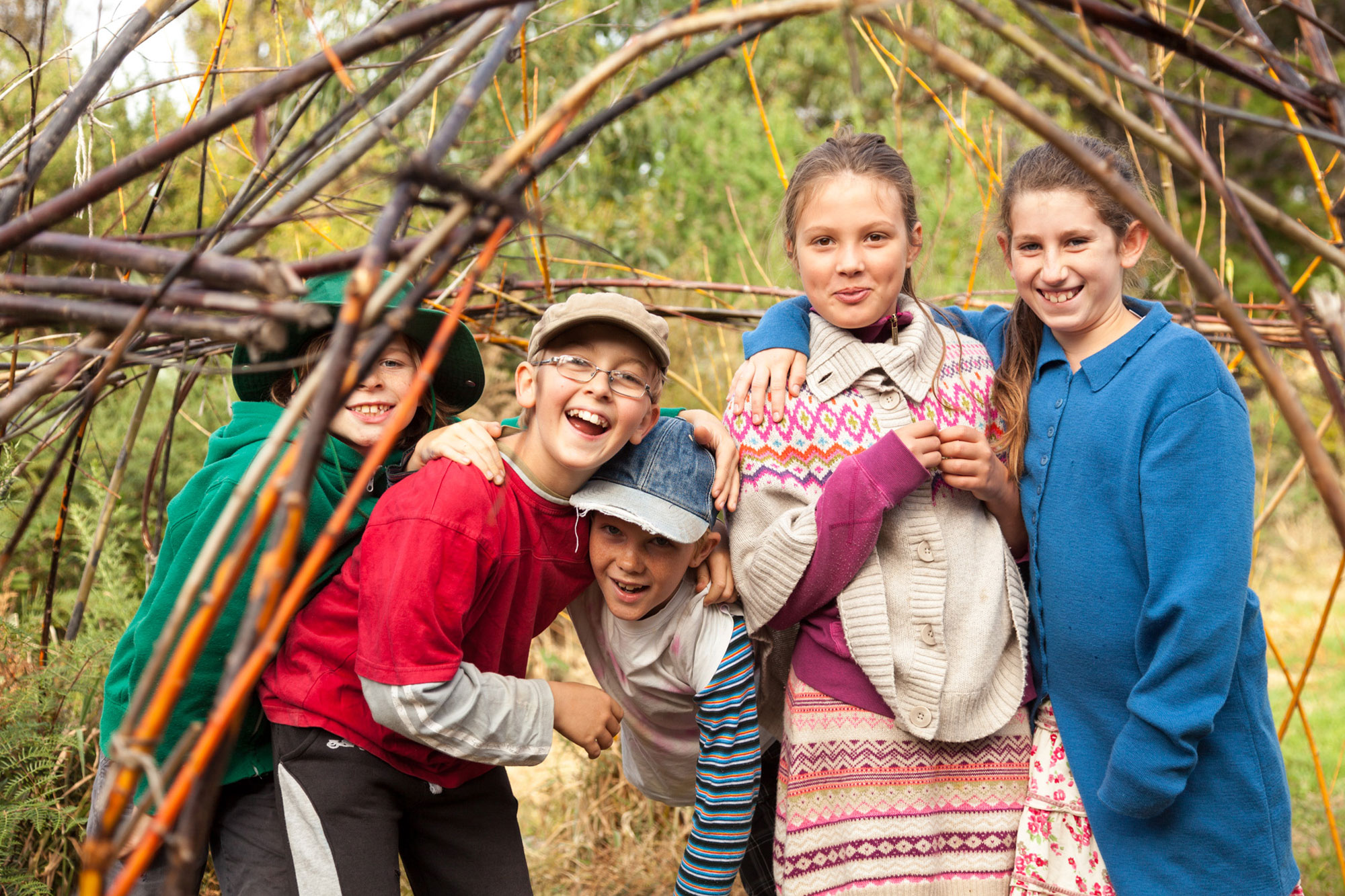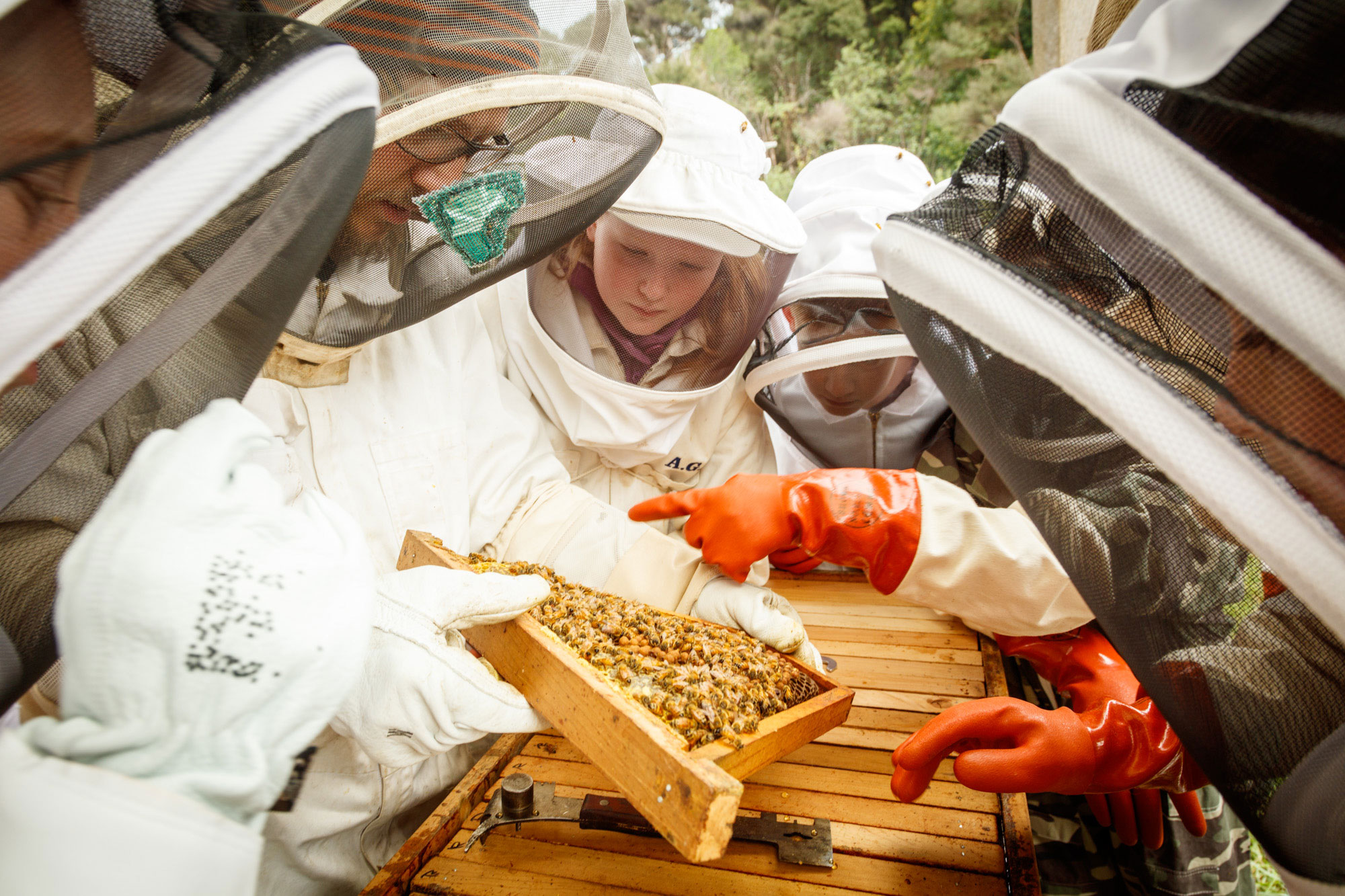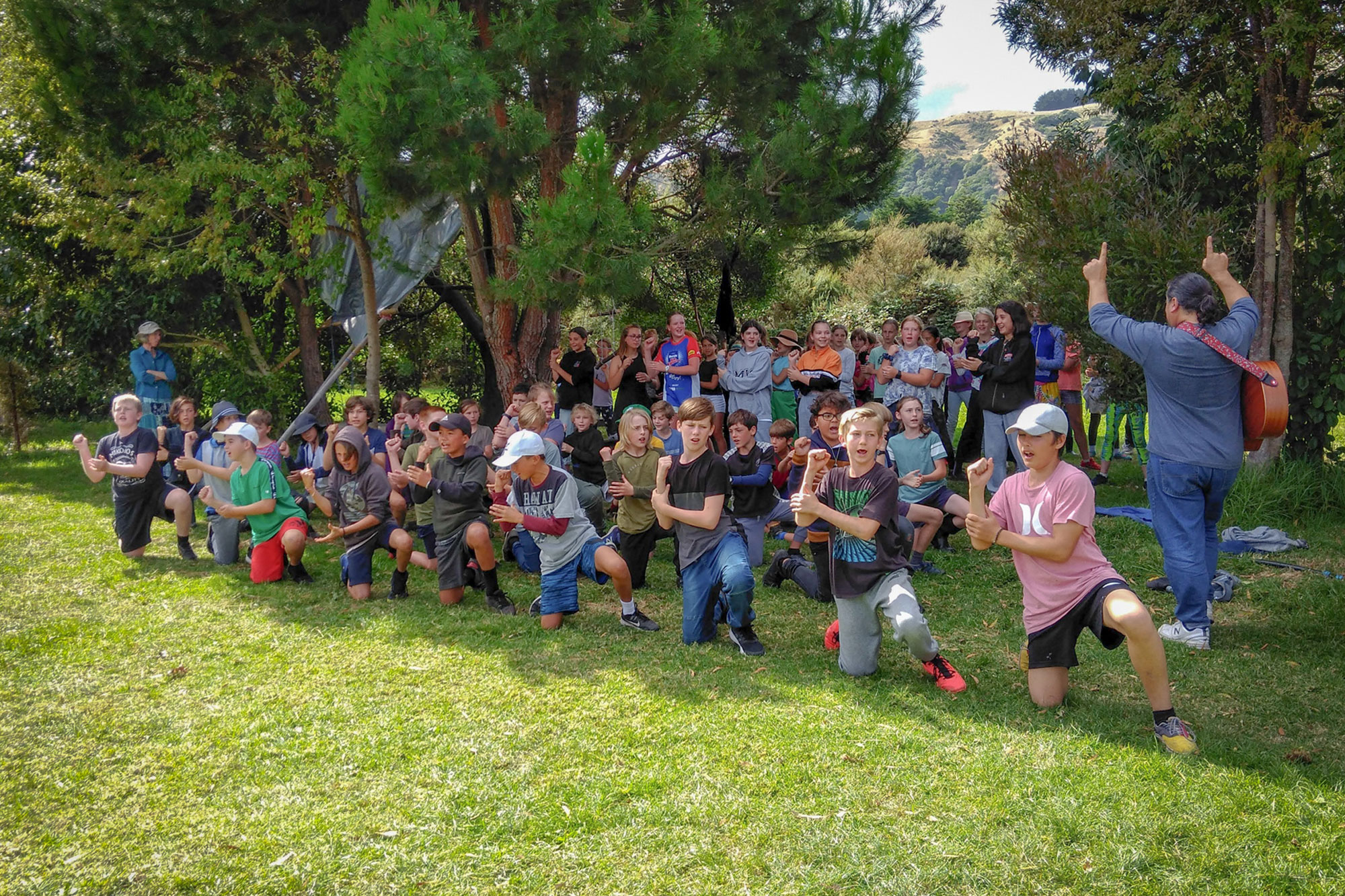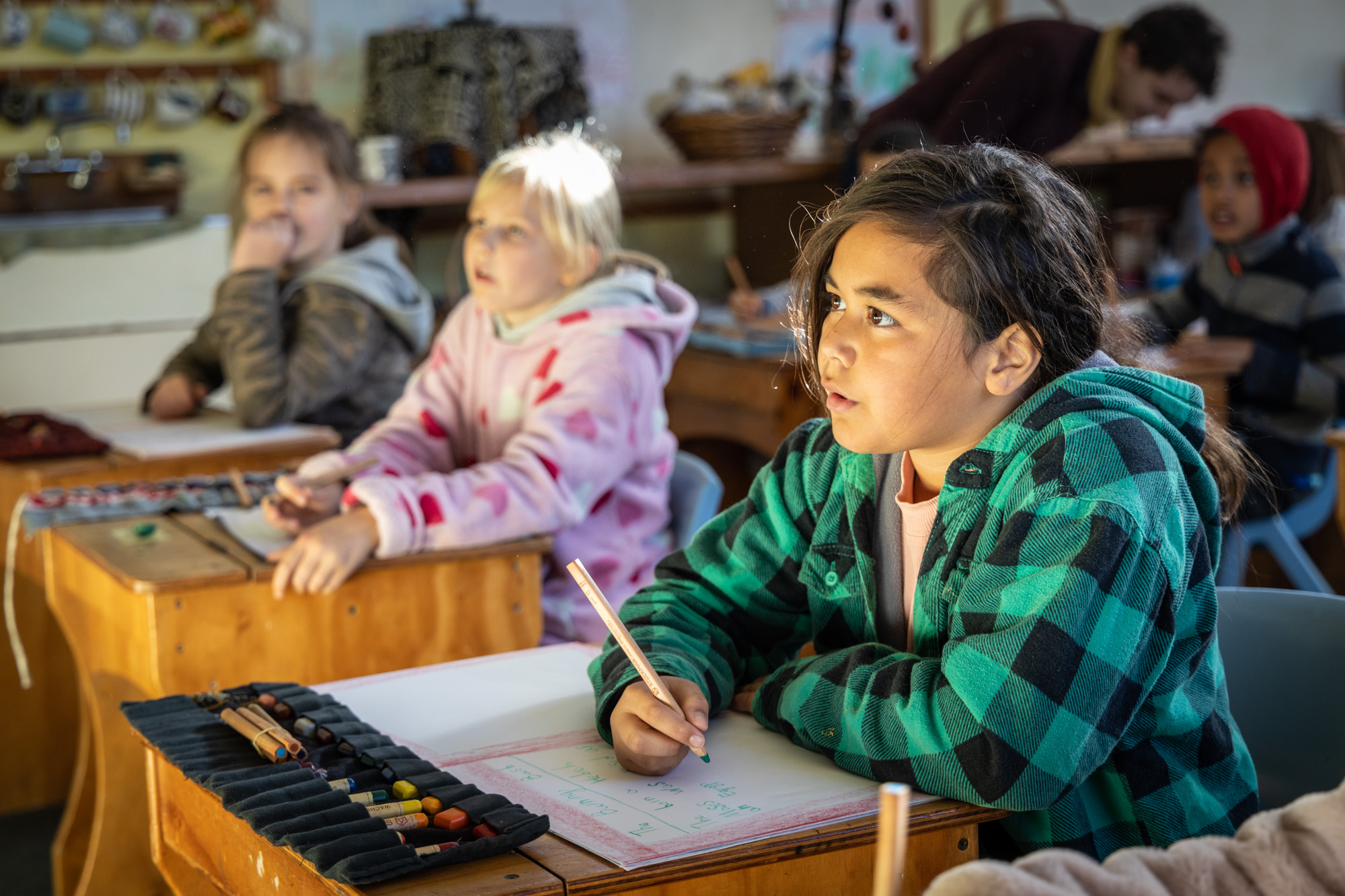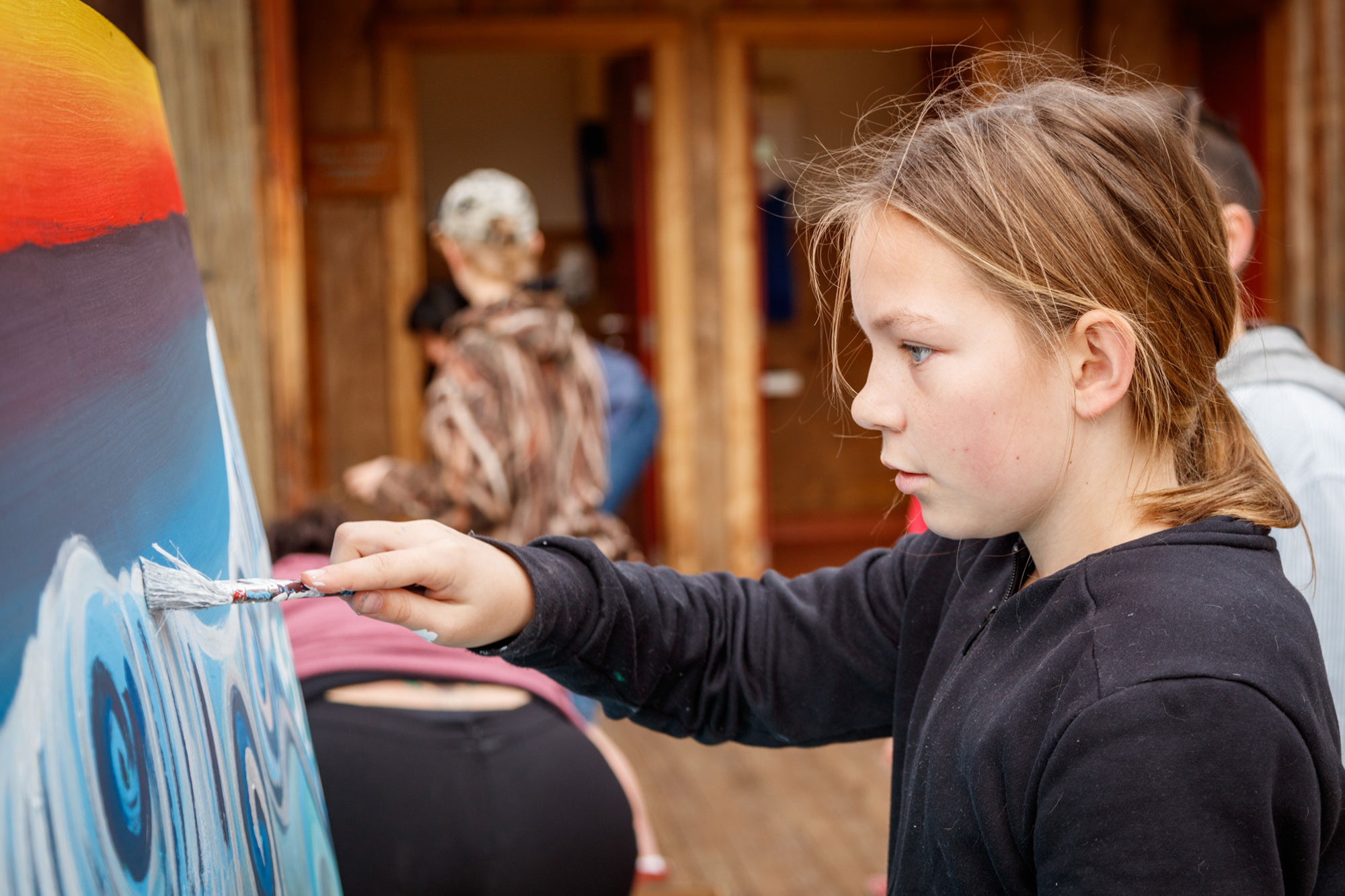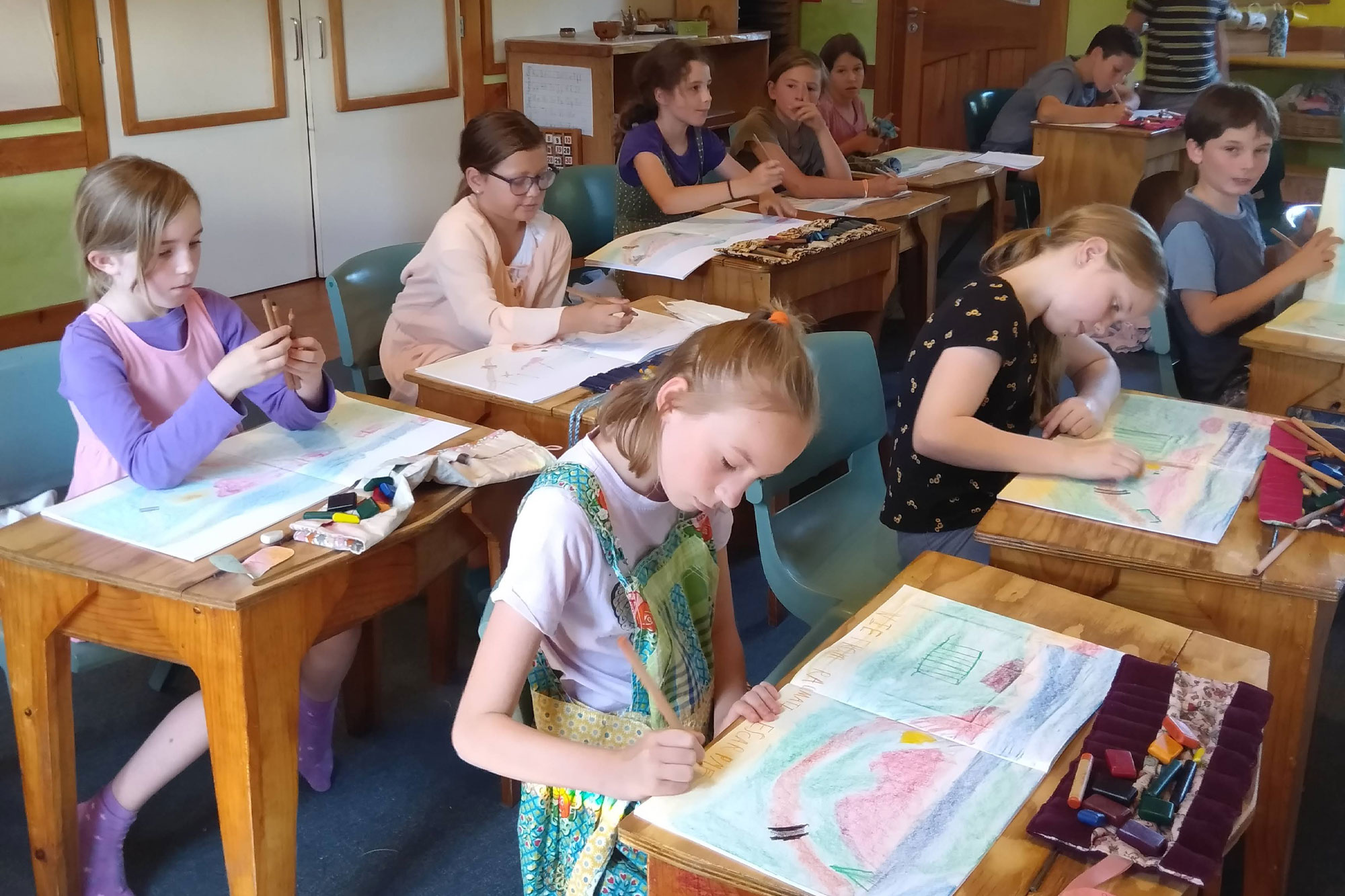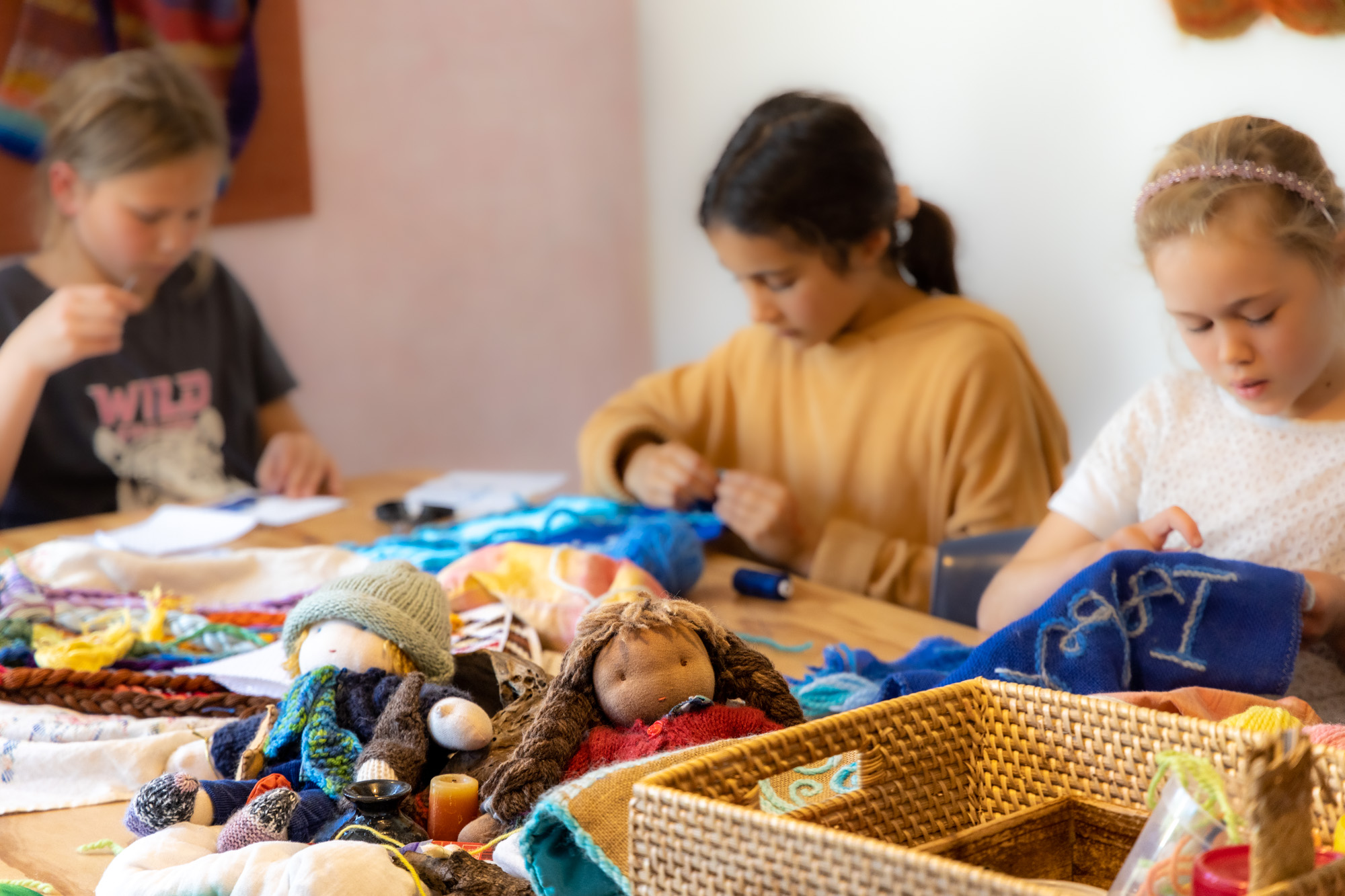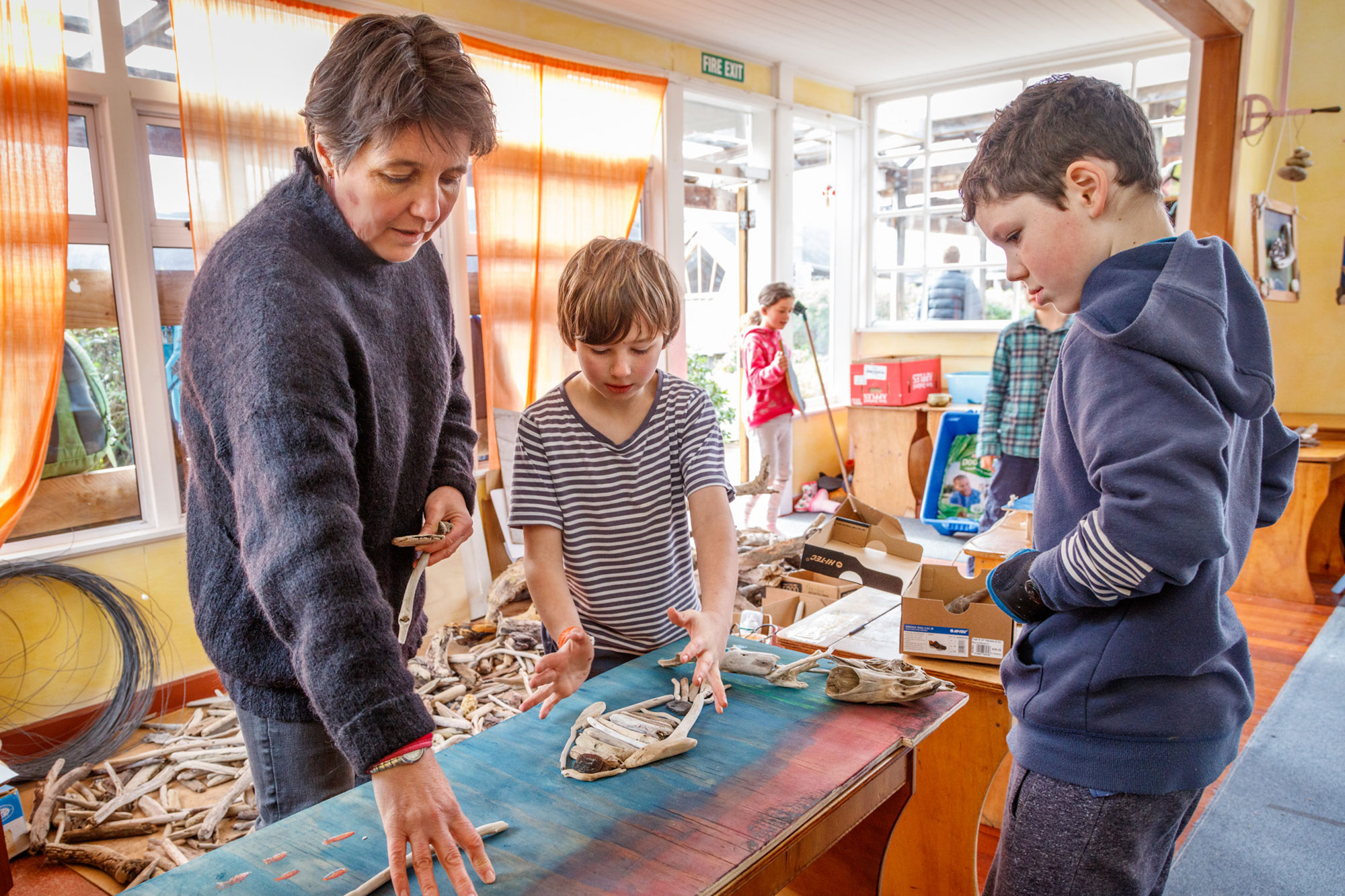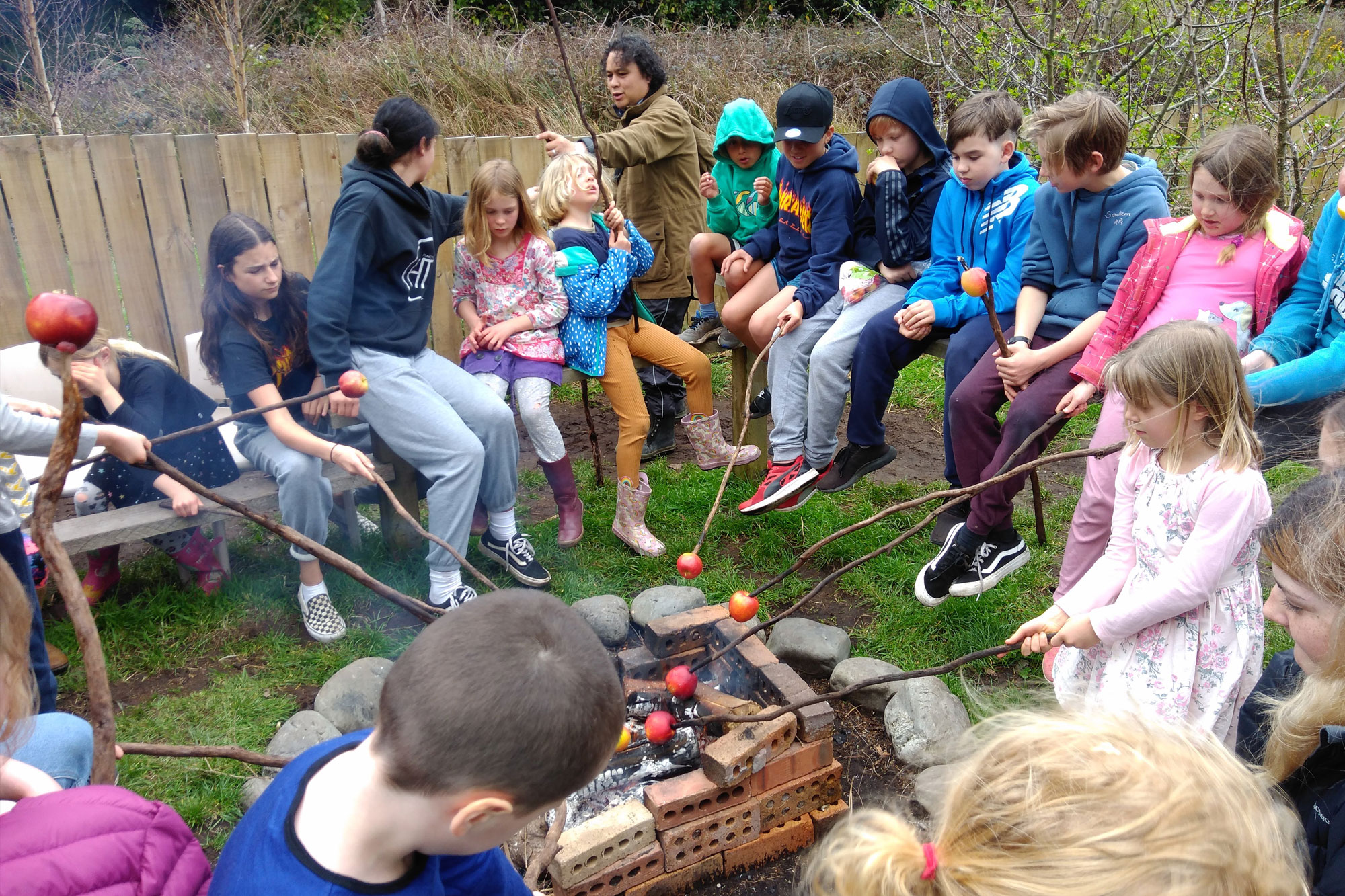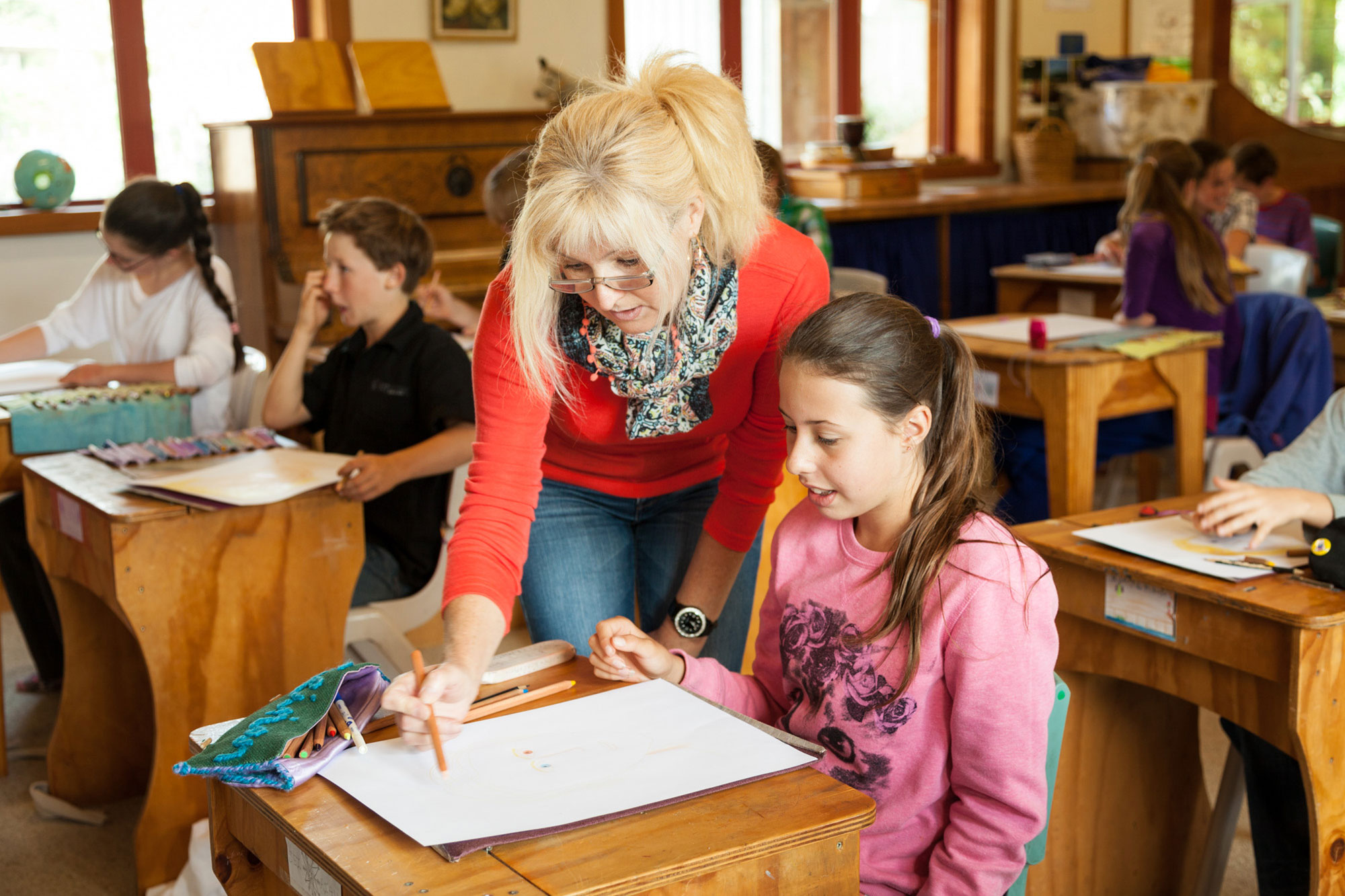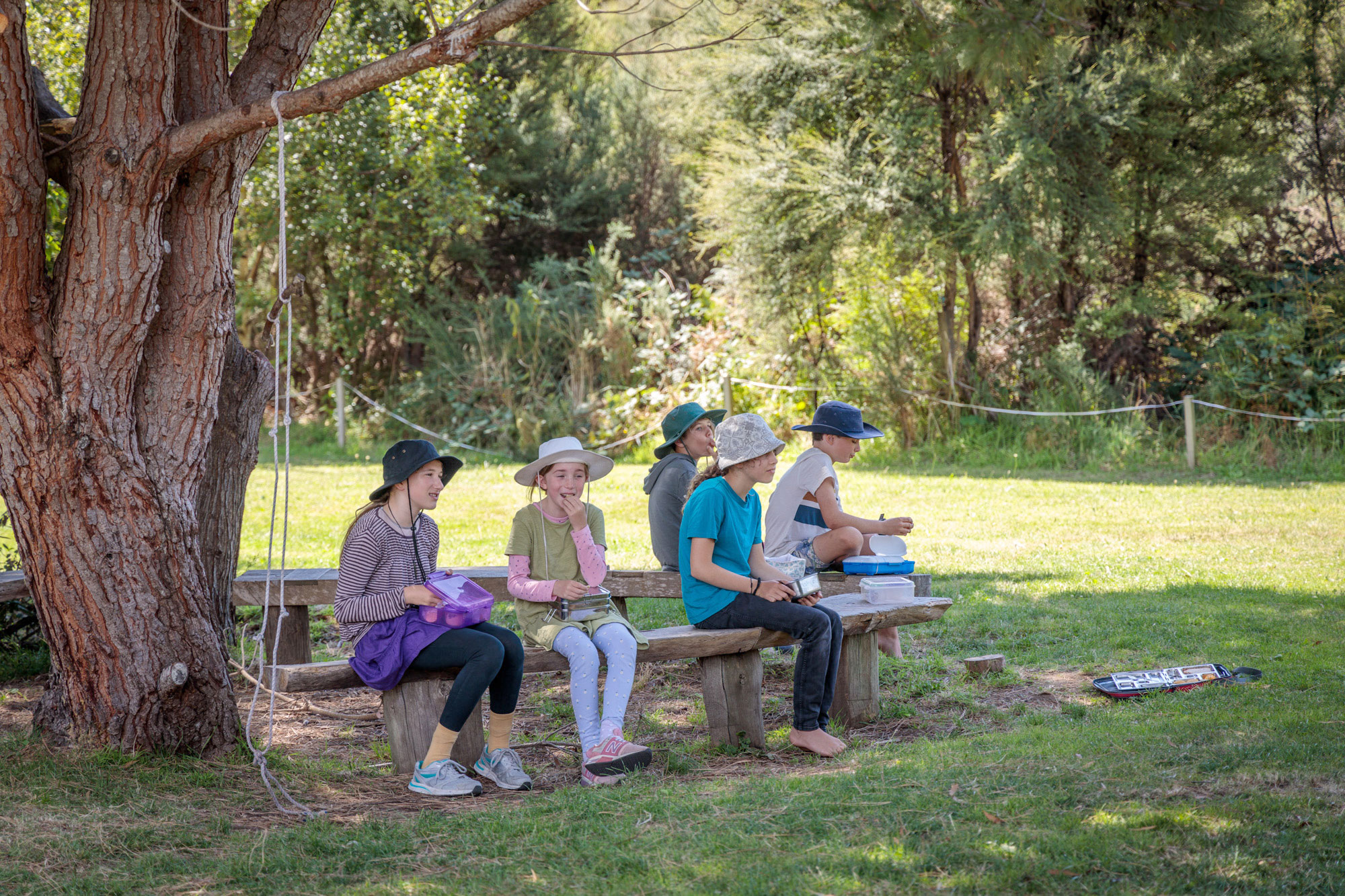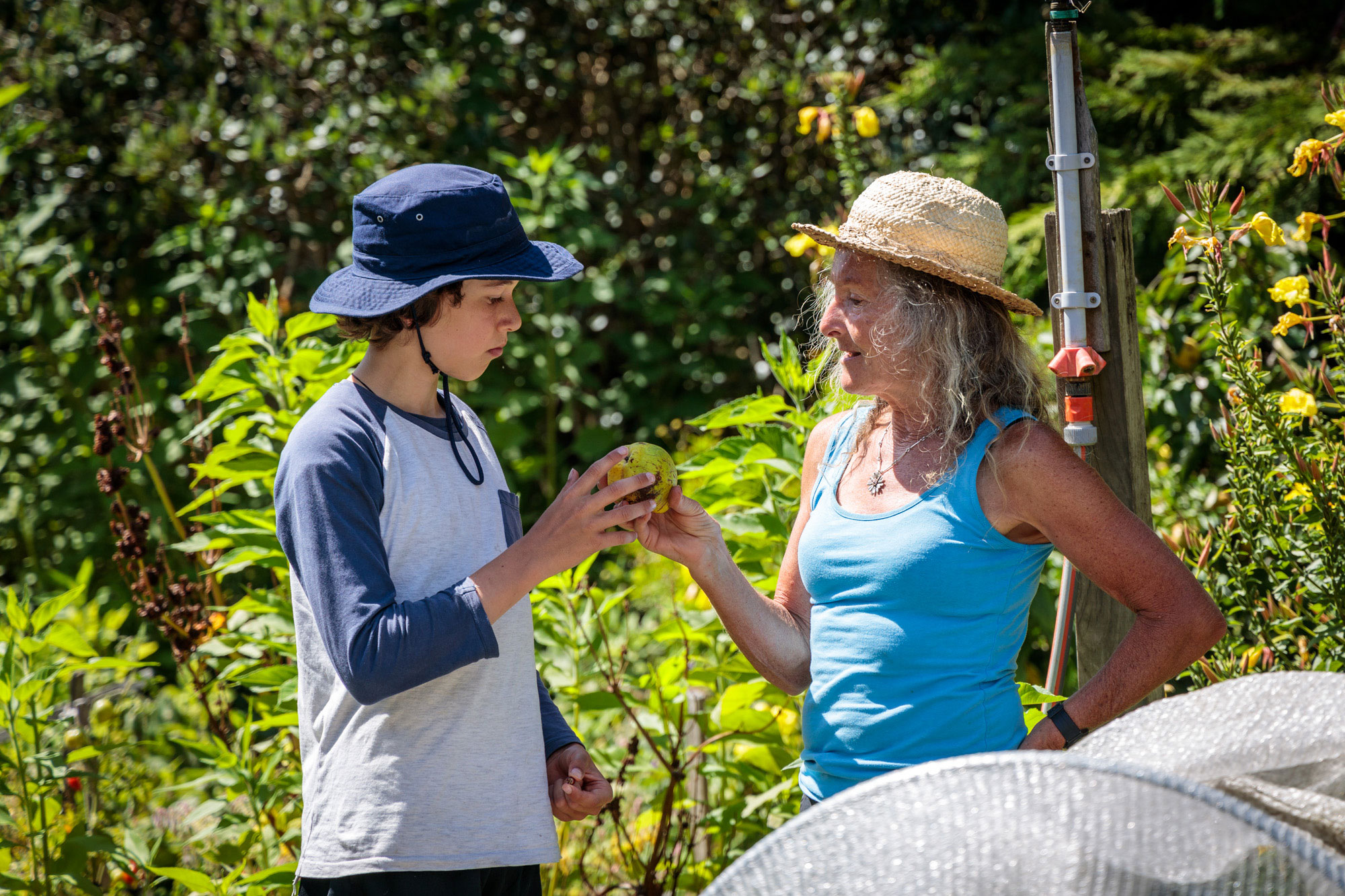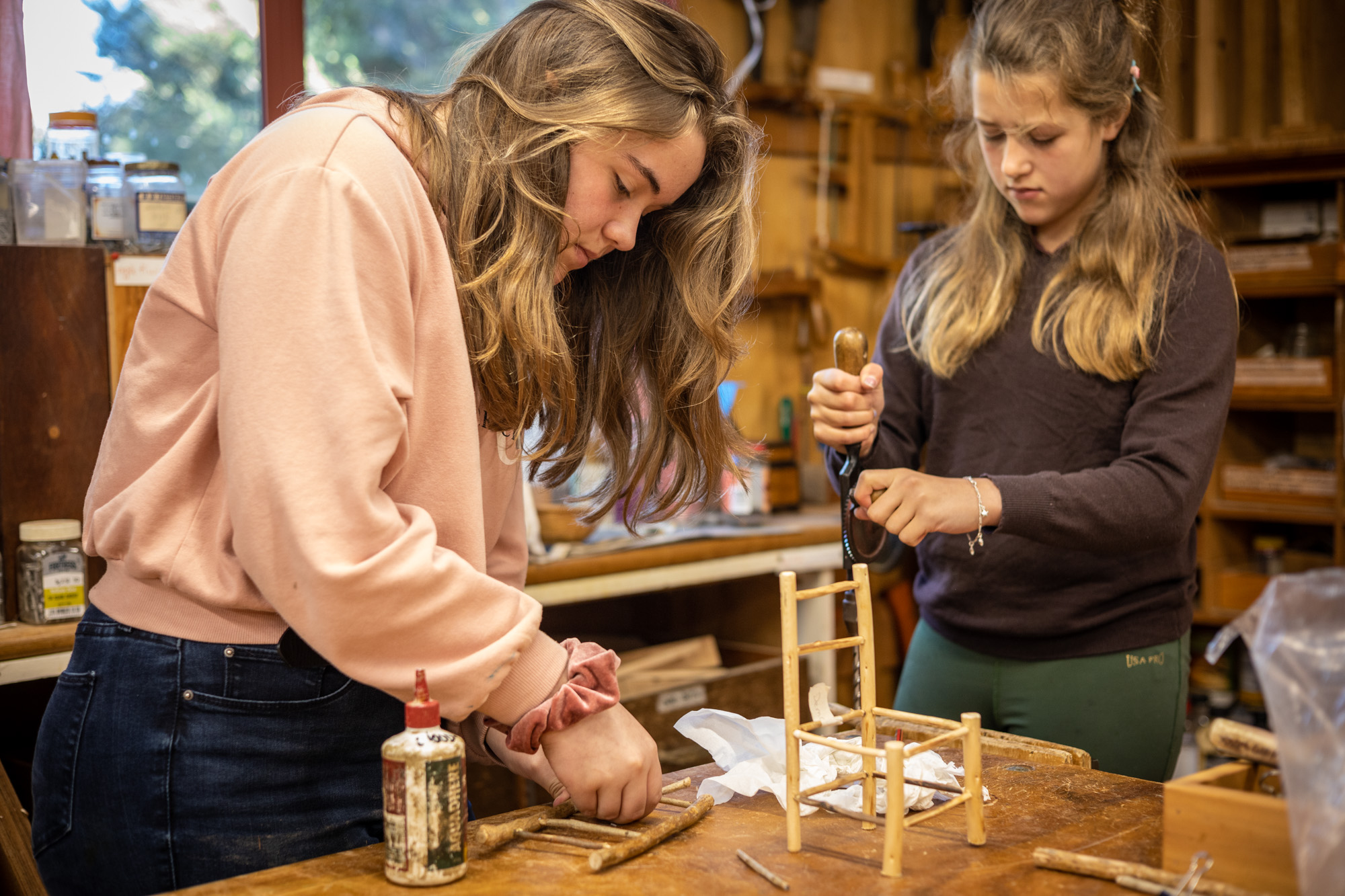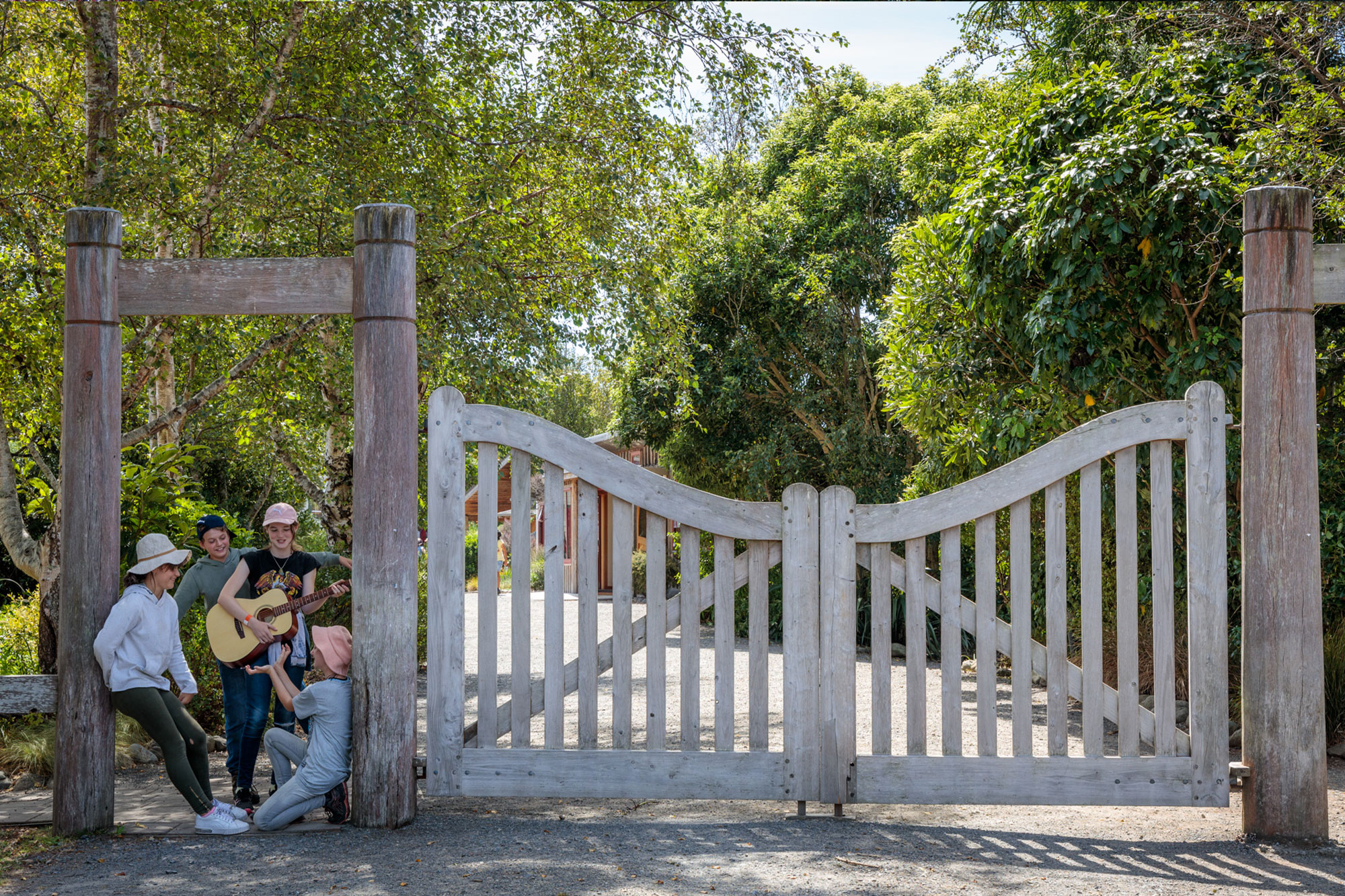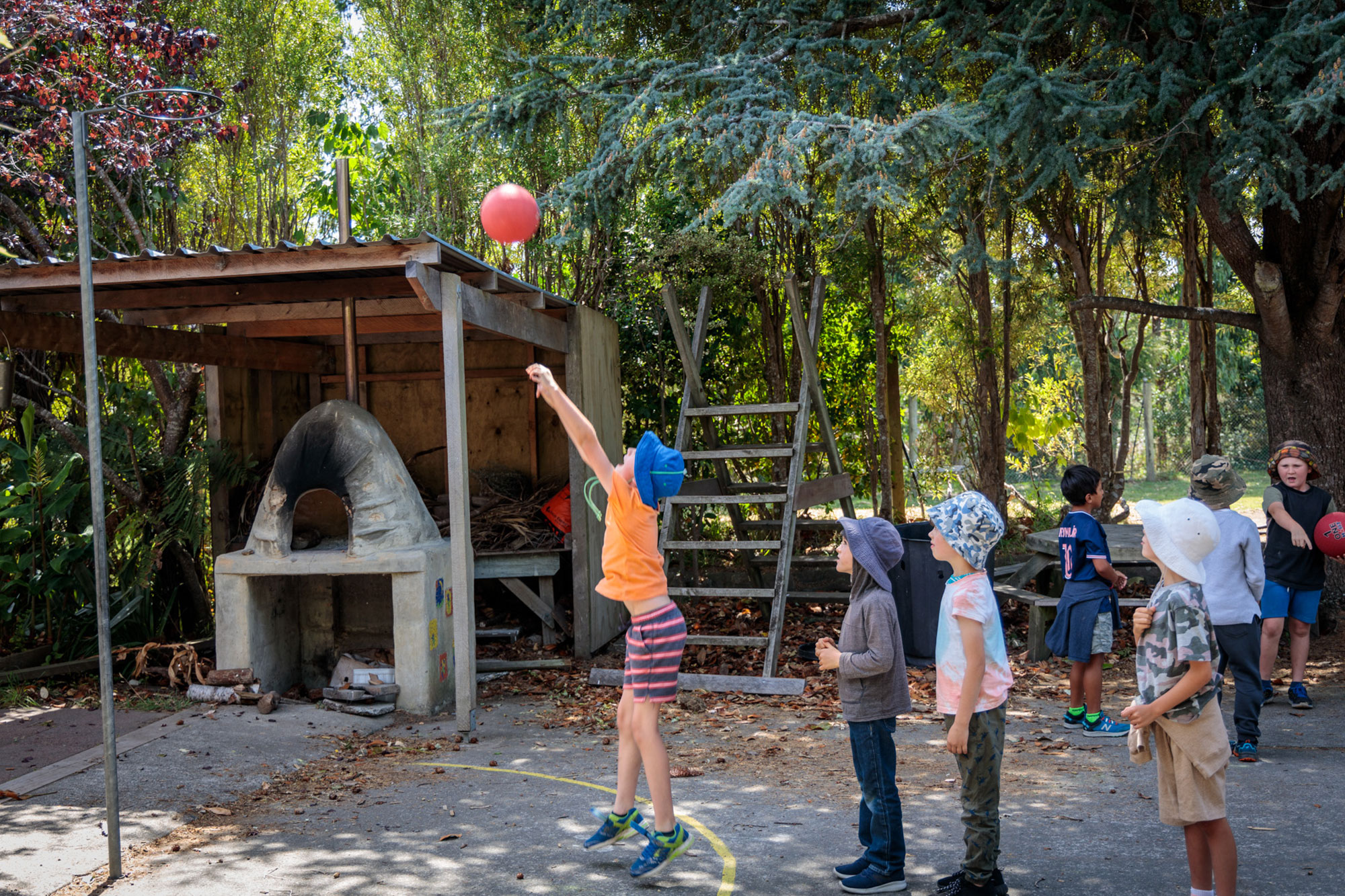Te Rā Primary School
Learning with hands, heart and head has been the guiding principle of Waldorf education for over 100 years. Here at Te Rā, we are passionate advocates for creating learning paths for our tamariki that are aligned with the different stages of child development, based on the kaupapa of a pedagogy and curriculum that treasures the gifts of all humanity.
Here in Aotearoa, and here in our place on the Kāpiti coast, this is enriched by the taonga passed down by those who came before us: the stories of the coast and the island, the stories of awa and the land!
As per our special character, our youngest school students (year 1) attend our kindergarten,where they enjoy play-centred learning with their younger peers. From Class 1 onwards, our school caters for children from year 2 to year 8 across seven classes. Our class teachers move through the year levels with their classes over several years.
Whanaungatanga – Belonging and Relating
Over the years, strong bonds form between students, between students and their teachers, and between the adults that are part of their children’s school journey. Regular class whānau hui keep parents and caregivers informed about learning content and pedagogical context that is taught in each year.
A sense of belonging is fostered also through our way of celebrating yearly rhythms with the children, and often with the whole school community. The seasonal changes are visible in the plant and animal world, in the shifting of daylight and darkness, and in the weather. Christian festivals and Matariki are celebrated throughout the course of the year.
He taonga te mātauranga – the Gift of Learning
As state-integrated school, all of our teachers are university trained, registered teachers. What they share is a passion for the Waldorf way – and for teaching children! Our teachers do not use digital technology to “deliver a curriculum”. Their teaching tools are storytelling and learning-through-doing.
We implement the New Zealand Curriculum through our localised curriculum, which is based on the Waldorf special character curriculum. Core subject areas taught by the class teachers are English literacy, math, te reo Māori, music and arts (including drama), history, geography, technology and science.
Specialist subjects include Eurythmy, handwork, woodwork, Kapa Haka and additional instruction in te reo Māori, cooking and gardening. Our students experience plenty of outdoor learning activities, including class camps for older classes.
Connecting with the wider community is important to us too! Our students participate at a range of interschool sports days and also play in local school sports leagues for touch rugby, netball and hockey.
To find out more about teaching and learning at our school, please contact our enrolment officer for more information.
The Waldorf Curriculum
Waldorf schools are well-known for their rich story curriculum and the characteristic curriculum themes that are specific for each class level. They are designed to meet the needs and interests of the children at each age. Each morning, these topics are taught in Main Lesson blocks across three to four weeks. This rhythm gives plenty of opportunity to enter deeply into the content of each Main Lesson, to recollect and reflect on the previous day’s experiences, and to anticipate the new developments. Teaching methods, our pedagogy, strive to educate “the head, the heart, and the hands” – each Main Lesson includes listening and speaking, imaginative and artistic work (including singing and/or drama), written work and movement.
To find out more about our curriculum and our pedagogy, contact our enroment officer to register for one of our Information Afternoons.
Alongside the Main Lesson rhythm sits the rhythm of te Taiao as we experience nature’s changing garments in the plant and the animal worlds of Aotearoa, the rhythms of daylight and darkness, and the weather. Throughout the year, we celebrate the following festivals: Easter, Matariki, Saint John, Michaelmas, Advent, and Christmas. The way in which these festivals are celebrated is such that they can be seen for their cosmopolitan and universally human character. Festivals are full of anticipation and preparations for the children and the teachers, e.g. the making of Saint John’s Day candle lanterns or building a fire for Matariki; and the choosing of appropriate stories, poems, and plays.

